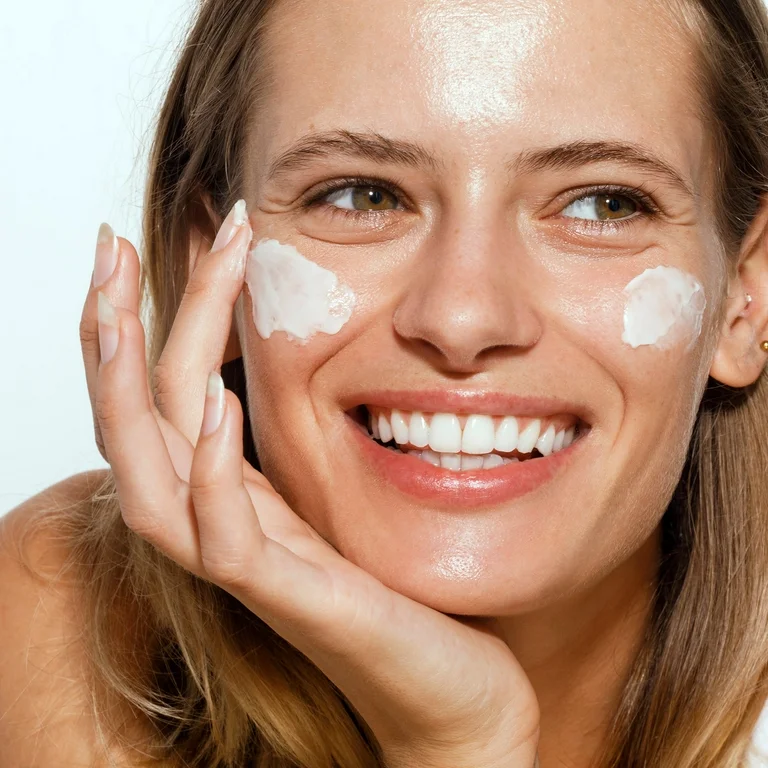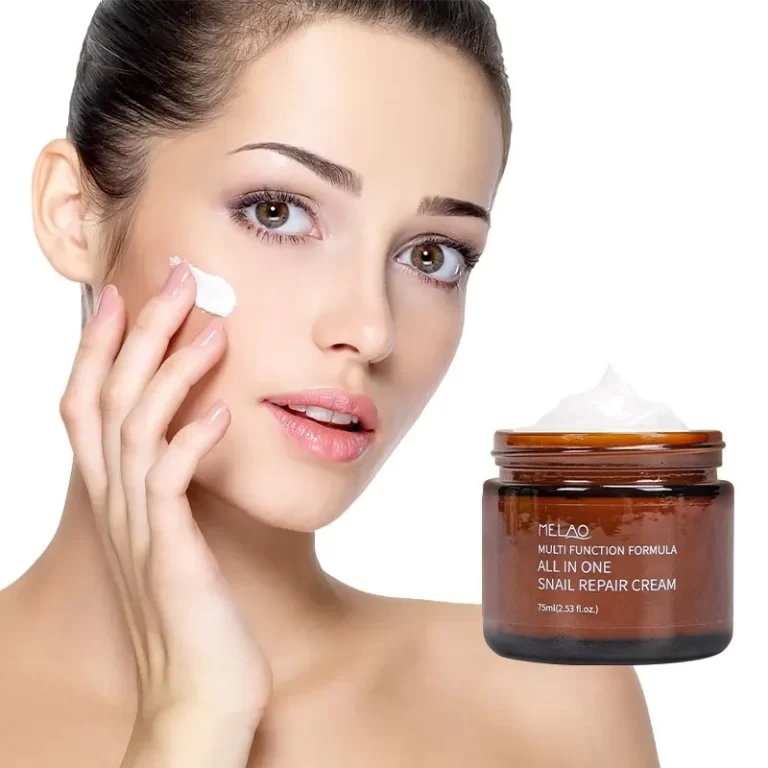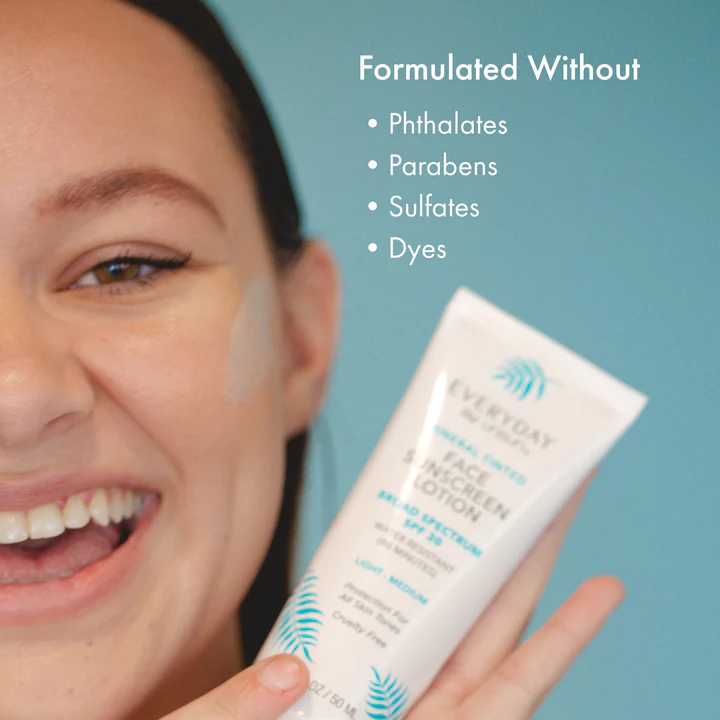
The Essential Guide to SPF Face Cream
Understanding the Importance of SPF in Skincare
SPF face creams play a crucial role in protecting skin from harmful ultraviolet (UV) rays. These specially formulated creams combine moisturizing properties with sun protection, offering a dual benefit for daily skincare routines. The term SPF stands for Sun Protection Factor, indicating the level of defense against UVB rays, which cause sunburn and contribute to skin cancer. However, many modern SPF face cream also guard against UVA rays, responsible for premature aging and deep skin damage. Regular use of SPF face creams helps prevent sunburn, reduces the risk of skin cancer, and slows down the visible signs of aging such as wrinkles, fine lines, and age spots.
Furthermore, these creams often contain additional beneficial ingredients like antioxidants and vitamins, enhancing overall skin health. For people with sensitive skin or those prone to hyperpigmentation, SPF face creams provide essential protection against sun-induced skin issues. The convenience of combining moisturizer and sunscreen in one product encourages daily use, ensuring consistent sun protection. As awareness of sun damage grows, SPF face creams have become an indispensable part of skincare routines worldwide. Dermatologists strongly recommend using SPF daily, even on cloudy days or when indoors, as UV rays can penetrate through windows and cloud cover. By incorporating SPF face creams into daily routines, individuals take a proactive step towards maintaining healthy, youthful-looking skin in the long term.

The Science Behind SPF and UV Protection
Understanding the science behind SPF and UV protection helps in appreciating the effectiveness of SPF face creams. Ultraviolet radiation from the sun consists of UVA, UVB, and UVC rays. UVC rays are mostly absorbed by the ozone layer, while UVA and UVB reach the Earth’s surface and can damage skin cells. SPF primarily measures protection against UVB rays, which are the main cause of sunburn. The SPF number indicates how much longer protected skin can be exposed to the sun before burning, compared to unprotected skin. For instance, SPF 30 theoretically allows 30 times longer sun exposure before burning occurs. However, this doesn’t mean higher SPF provides exponentially more protection. SPF 15 blocks about 93% of UVB rays, SPF 30 blocks 97%, and SPF 50 blocks 98%.
Most modern SPF face creams also offer broad-spectrum protection, guarding against both UVA and UVB rays. UVA protection is crucial as these rays penetrate deeper into the skin, causing premature aging and contributing to skin cancer risk. SPF face creams work through two main mechanisms: physical (mineral) blockers like zinc oxide and titanium dioxide that reflect UV rays, and chemical absorbers that convert UV radiation into heat. Many formulations combine both for comprehensive protection. The effectiveness of SPF face creams also depends on proper application and reapplication, as the protection diminishes over time due to factors like sweating, swimming, and rubbing.
Choosing the Right SPF Level for Your Skin
Selecting the appropriate SPF level for face creams depends on various factors including skin type, lifestyle, and geographic location. For daily use, dermatologists generally recommend a minimum of SPF 30, which blocks 97% of UVB rays. However, individuals with fair skin, a history of skin cancer, or those spending extended time outdoors may benefit from higher SPF levels. It’s important to note that while higher SPF numbers offer incrementally more protection, no sunscreen provides 100% UV blocking. SPF 50 blocks 98% of UVB rays, only 1% more than SPF 30. For most people, SPF 30 to 50 provides adequate daily protection.
Those with darker skin tones still need sun protection, as melanin doesn’t shield against all UV damage. When choosing SPF face creams for sensitive skin, mineral-based formulas with zinc oxide or titanium dioxide are often preferred as they’re less likely to cause irritation. For acne-prone skin, look for non-comedogenic SPF face creams that won’t clog pores. Water-resistant formulas are ideal for outdoor activities or humid climates. It’s crucial to consider broad-spectrum protection, ensuring defense against both UVA and UVB rays. Remember, higher SPF doesn’t mean longer protection duration; reapplication every two hours (or more frequently if swimming or sweating) is essential for continued protection.
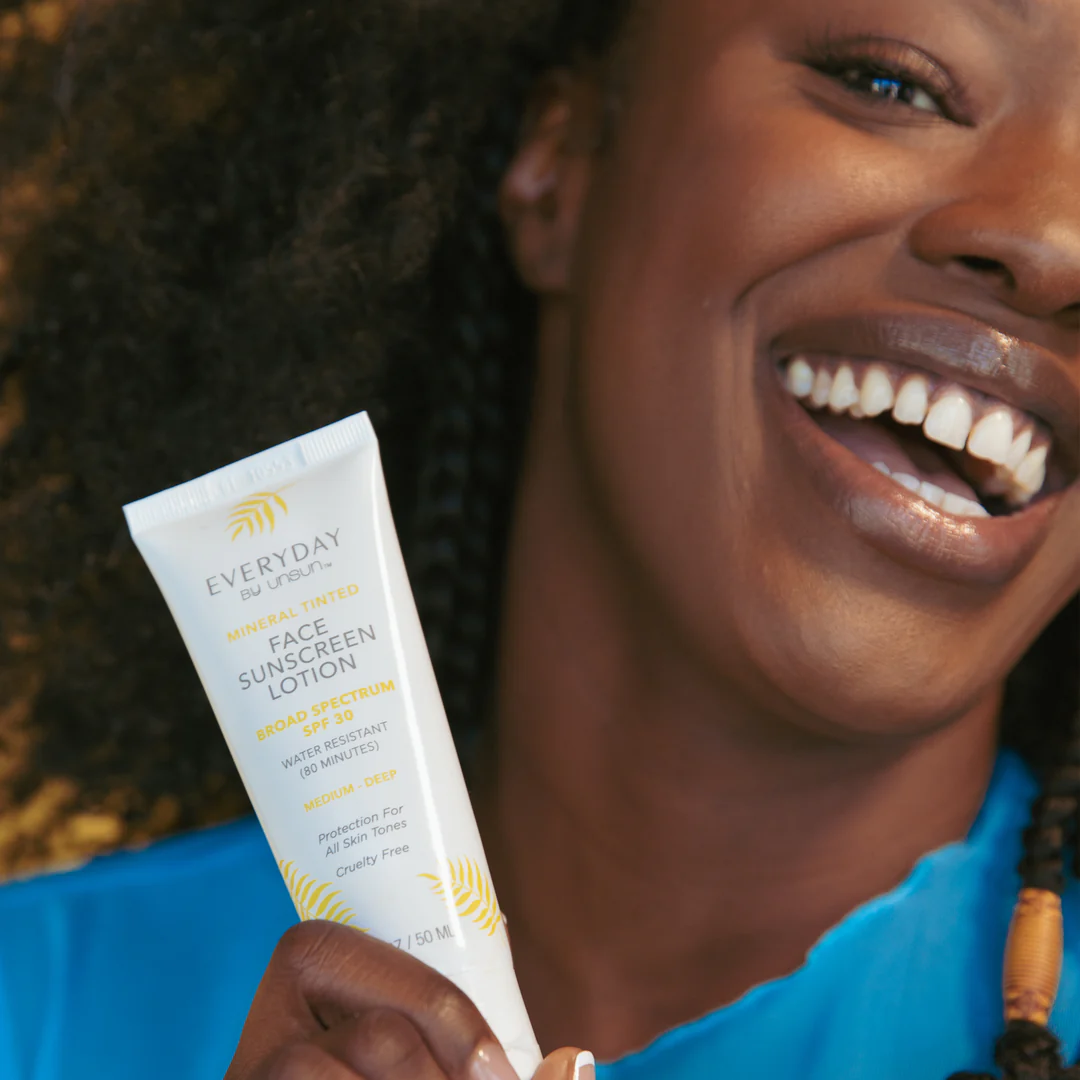
Key Ingredients in Effective SPF Face Creams
Effective SPF face creams combine sun-protective ingredients with skin-nourishing compounds. The primary sun-blocking agents fall into two categories: physical (mineral) and chemical filters. Physical blockers like zinc oxide and titanium dioxide sit on the skin’s surface, reflecting UV rays. These are often preferred for sensitive skin due to their low risk of irritation. Chemical filters such as avobenzone, octinoxate, and octocrylene absorb UV rays, converting them into heat. Many modern formulations use a combination of both for comprehensive protection. Beyond sun protection, quality SPF face creams often include antioxidants like vitamin C, vitamin E, and green tea extract.
These ingredients neutralize free radicals, providing additional defense against sun damage and environmental stressors. Hyaluronic acid is a common addition, offering intense hydration without greasiness. Niacinamide, another frequent ingredient, helps improve skin texture and reduce the appearance of pores. Some SPF face creams incorporate peptides to boost collagen production, addressing signs of aging. For added skin benefits, ingredients like ceramides help strengthen the skin barrier, while aloe vera and chamomile soothe and calm the skin. Tinted SPF face creams often include iron oxides, which provide a subtle color correction while offering additional protection against visible light and blue light from digital devices.
Application Techniques for Maximum SPF Effectiveness
Proper application of SPF face creams is crucial for achieving maximum sun protection. The general rule is to apply about a nickel-sized amount (or two finger lengths) of product for the face and neck. This ensures adequate coverage and the SPF level stated on the product. Application should occur as the last step in the morning skincare routine, after moisturizer but before makeup. For optimal protection, apply SPF face cream 15-30 minutes before sun exposure, allowing it to form a protective film on the skin.
Use gentle, upward strokes to evenly distribute the product, paying special attention to often-missed areas like the ears, hairline, and neck. Don’t forget the eyelids and under-eye area, using a specialized eye cream with SPF if the face cream isn’t suitable for this delicate region. For those who wear makeup, allow the SPF face cream to fully absorb before applying foundation or powder.
Reapplication is key to maintaining protection throughout the day. Ideally, reapply every two hours, or more frequently when swimming, sweating, or toweling off. For reapplication over makeup, SPF setting sprays or powder sunscreens can be convenient options. Remember that no SPF face cream is completely waterproof; water-resistant formulas maintain efficacy for either 40 or 80 minutes of water exposure, after which reapplication is necessary. Proper storage of SPF face creams is also important; keep them in a cool, dry place to prevent degradation of active ingredients.
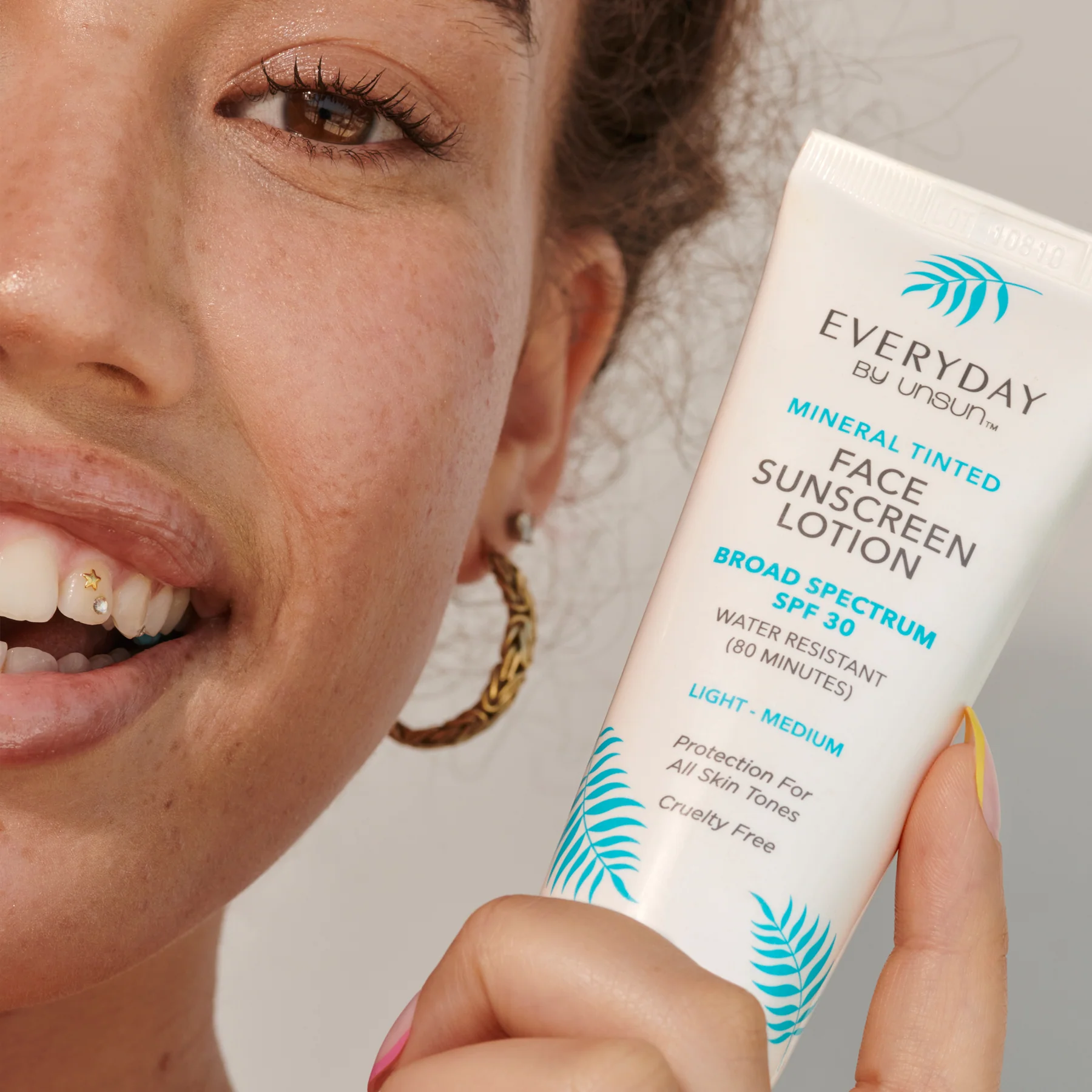
Common Myths and Misconceptions About SPF Face Creams
Several myths and misconceptions surround SPF face creams, potentially leading to inadequate sun protection. One common myth is that SPF face creams are only necessary on sunny days or during summer months. In reality, UV rays penetrate clouds and windows, making daily SPF use essential year-round. Another misconception is that individuals with darker skin don’t need sun protection. While melanin provides some natural defense, it doesn’t offer complete protection against UV damage. Some believe that a high SPF number means they can stay in the sun longer without reapplying.
However, SPF indicates protection level, not duration; reapplication every two hours remains crucial. There’s also a myth that SPF in makeup or moisturizers provides sufficient protection. Often, these products don’t offer enough SPF or aren’t applied in sufficient quantities for adequate protection. Some people avoid SPF face creams, fearing they’ll cause breakouts. However, many modern formulations are non-comedogenic and suitable for acne-prone skin. Another myth suggests that a base tan protects against sunburn, reducing the need for SPF.
In truth, a tan is a sign of skin damage and doesn’t provide significant protection. Some believe SPF face creams block vitamin D production entirely. While sunscreens do reduce vitamin D synthesis, brief, unprotected sun exposure and dietary sources can maintain adequate levels. Lastly, the misconception that chemical sunscreens are unsafe has gained traction. While research continues, regulatory bodies worldwide consider approved sunscreen ingredients safe when used as directed.
Integrating SPF Face Creams into Daily Skincare Routines
Incorporating SPF face creams into daily skincare routines is essential for maintaining healthy, protected skin. Start by cleansing the face to remove any dirt, oil, or residue from the night. Follow with a toner if desired, then apply any treatment serums or essences. Next, use a moisturizer if needed, especially for those with dry skin. The SPF face cream should be the final step in the morning skincare routine, applied generously to all exposed areas of the face and neck.
For those using multiple products with SPF, remember that SPFs don’t add up; protection is only as strong as the highest SPF product used. Choose a broad-spectrum SPF face cream that suits your skin type and concerns. Those with oily skin might prefer lightweight, oil-free formulations, while dry skin types may benefit from more hydrating options. If wearing makeup, allow the SPF face cream to fully absorb before applying foundation.
Throughout the day, reapply SPF, especially if spending time outdoors. Consider keeping a compact SPF product in your bag for touch-ups. In the evening, thoroughly cleanse the skin to remove SPF along with other products and environmental pollutants. Night-time is an opportunity to use retinoids or other active ingredients that may increase sun sensitivity. Consistency is key; make applying SPF face cream a non-negotiable part of your morning routine, regardless of the weather or your plans for the day.
The Future of SPF Technology in Facial Skincare
The field of SPF technology in facial skincare continues to evolve, promising more effective and user-friendly products. One emerging trend is the development of SPF face creams with DNA repair enzymes, which help correct sun-induced DNA damage in skin cells. Advances in encapsulation technology are improving the stability and efficacy of sunscreen active ingredients, potentially leading to longer-lasting protection. Research into new UV filters aims to provide even broader spectrum coverage, including protection against long-wave UVA and visible light.
Environmentally conscious consumers are driving the development of reef-safe and biodegradable sunscreen formulations, addressing concerns about the impact of traditional sunscreens on marine ecosystems. The integration of antioxidants and skin-repairing ingredients in SPF face creams is becoming more sophisticated, offering multifaceted protection against various forms of environmental damage.
Personalized SPF solutions, tailored to individual skin types and concerns, are on the horizon, potentially utilizing AI and smart technology for customized formulations. Innovations in texture and finish continue, with ultra-light, invisible formulations becoming increasingly popular. Some brands are exploring the concept of adaptive SPF, where protection adjusts based on UV exposure levels. The rise of blue light protection in SPF face creams addresses concerns about digital device usage. As research progresses, expect to see more multifunctional SPF face creams that not only protect but also actively improve skin health and appearance.

Environmental and Health Considerations of SPF Face Creams
The use of SPF face creams extends beyond personal skin health, intersecting with environmental and broader health considerations. Recent studies have raised concerns about the impact of certain chemical sunscreen ingredients on coral reefs and marine life. This has led to the development of “reef-safe” SPF face creams, typically utilizing mineral filters like zinc oxide and titanium dioxide. However, the term “reef-safe” is not yet regulated, requiring consumers to scrutinize ingredient lists. On the health front, questions about the systemic absorption of chemical sunscreen ingredients have prompted ongoing research by health authorities.
While current evidence supports the safety and efficacy of approved sunscreen ingredients, this area continues to be studied. The potential impact of nanoparticles in mineral sunscreens is another topic of investigation, though current data suggests they remain on the skin’s surface without significant penetration. SPF face creams play a crucial role in skin cancer prevention, with regular use significantly reducing the risk of melanoma and non-melanoma skin cancers.
They also help prevent immunosuppression caused by UV radiation, supporting overall health. For individuals with photosensitive conditions like lupus or certain medications that increase sun sensitivity, SPF face creams are particularly crucial. As awareness grows about the health impacts of air pollution on skin, many SPF face creams now incorporate ingredients to protect against pollutants and free radicals. When choosing SPF face creams, consumers increasingly consider both personal health and environmental impact, driving the industry towards more sustainable and health-conscious innovations.
Addressing Specific Skin Concerns with SPF Face Creams
Modern SPF face creams go beyond sun protection, addressing various skin concerns simultaneously. For acne-prone skin, look for oil-free, non-comedogenic formulations that won’t clog pores. These often contain ingredients like salicylic acid or niacinamide to help control breakouts while providing sun protection. Individuals with dry or sensitive skin benefit from SPF face creams infused with hydrating ingredients like hyaluronic acid, ceramides, or glycerin.
These formulations provide necessary moisture while defending against UV rays. For those concerned with aging, many SPF face creams incorporate anti-aging ingredients such as peptides, retinol, or vitamin C. These multitasking products protect against future sun damage while addressing existing signs of aging. Rosacea-prone skin often responds well to mineral SPF face creams, which tend to be less irritating and can even help calm redness. Tinted SPF face creams offer a solution for those looking to even out skin tone while protecting from the sun.
These products often contain iron oxides, which provide additional protection against visible light. For hyperpigmentation concerns, SPF face creams with brightening agents like kojic acid or licorice extract can help prevent further darkening while protecting the skin. Men’s SPF face creams often have lighter, fast-absorbing textures to accommodate facial hair. Post-procedure SPF face creams, designed for use after treatments like chemical peels or laser therapy, provide gentle yet effective protection for healing skin. By choosing SPF face creams tailored to specific skin concerns, individuals can streamline their skincare routines while ensuring comprehensive sun protection.
